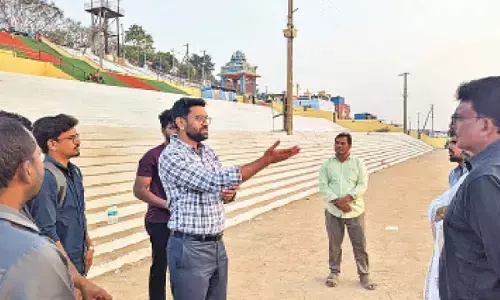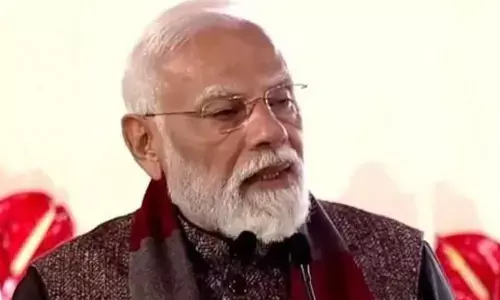Google’s ‘Street View’ technology

Google’s ‘Street View’ has become a standard for seeing the world from every possible angle. It is a technology feature in Google maps and Google earth that allows us to view and navigate 360 degree panoramic views from many regions in the world. Launched in 2007 in United States,
Google’s ‘Street View’ has become a standard for seeing the world from every possible angle. It is a technology feature in Google maps and Google earth that allows us to view and navigate 360 degree panoramic views from many regions in the world. Launched in 2007 in United States, it has now spread to more than 50 countries across the seven continents spanning more than five million miles of urban and rural areas. Nearly a billion people have used Street View and Google’s cameras are now continually roaming the earth to bring the views of streets, mountains, campuses, monuments, canyons, and underwater locations.

Street View had its origins in the Stanford city block project and an original version was developed by Immersive Media called the Dodeca 2360 system. In street view, one can move up and down streets and navigate 360 degree panoramas. The data for street view is captured using a collection of sensors. Street view cameras are special custom cameras used to collect the data that is processed off-line to make it ready for Google maps. Most of the street view data is collected using cars but other data collection platforms include trekkers, snowmobiles, tricycles, underwater apparatus, and even animals.
The camera orb is the main imaging sensor present in all the Street View platforms. Using an onboard GPS sensor the images are perfectly geo-tagged to the current location. The most recent platform is the 42lb weighing trekker that uses 15 5 mega-pixel CMOS cameras with 5.11mm f/2.0 controlled distortion lenses.
The cameras use electronic rolling shutters to minimise moving parts. The 15 cameras take adjacent views of the surroundings every 2.5 seconds which are stored on the ruggedised onboard hard drive. In subsequent offline processing the system uses the lat, long, and altitude information from the GPS sensors along with camera speed and motion direction to stitch the collected images into a 46 Mega-pixel 360-degree panorama along with the exact route taken. The trekker has been extensively used to map monuments and other interested places that are only accessible by foot and is powered by Lithium Ion batteries that support it for eight hours at a stretch. An onboard barometer and magnetometer help in detecting altitude changes and direction of motion. In addition, the inertial navigation sensor, wheel encoders, and laser scanners used in the vehicle mounted system help in accurate pose estimation and 3D mapping. While the camera can collect upto 20 miles an hour, the normal pace of collection is between 2-5 miles an hour.
Most recently the Street View camera based on the trekker platform was carried on a 10 year old dromedary named Raffa. A guide walked Raffa through the Liwa Desert, a 100-kilometer-wide stretch of desert to the south west of the city of Abu Dhabi. The resulting data had a unique eye-level perspective of the desert immersing the viewer to vicariously feel he is on the camel back.
You can experience this and several other treks at (http://www.google.com/maps/about/behind-the-scenes/streetview/treks/).
Street View is a powerful tool that has many commercial uses from real estate to city planning and also helps users get more intuitive driving instructions from the 3D annotated maps. The Street View team pays attention to many factors including weather, population density, and other demographic factors to determine the most suitable times and places to collect the imagery. Google has recently announced a new pilot program that enables third party organisations to rent out or borrow the Street View trekker which they can use to add data to Street View and Google maps.
Google is on a quest to digitally capture every nook and corner of Earth that is worth visiting. The Street View efforts have enabling the delivery of the world's far-flung, and often dangerous, places to our screens and the visual experience motivating us to visit such unique places. For others who are handicapped or unable to go in person this is a fantastic virtual experience of touring the site. Street View has now become a standard part of the information infrastructure that Google is developing and has also become a reference for governments across the world.




















